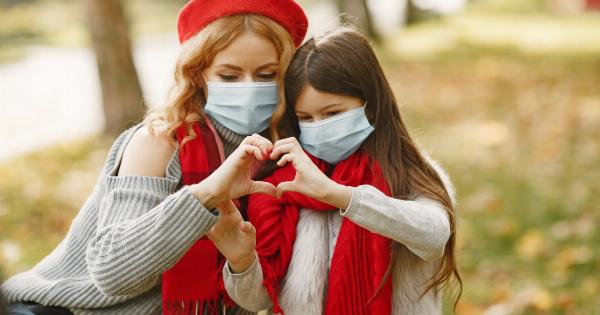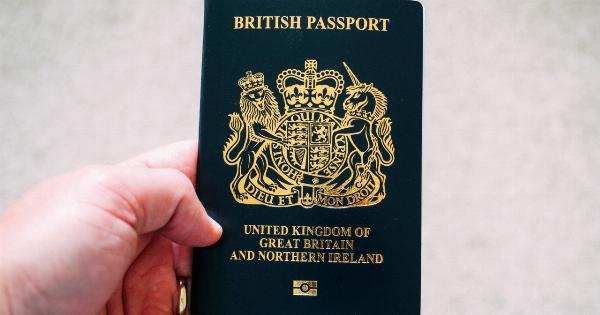In the midst of World War I, a deadly virus emerged that would go on to claim millions of lives around the world. The Spanish Flu of 1918, also known as the Great Influenza Pandemic, was one of the most severe pandemics in history.
This highly contagious respiratory illness swept across continents, causing widespread illness and death. In this article, we will delve into the origins, impact, and legacy of the Spanish Flu.
Origins of the Spanish Flu
The name “Spanish Flu” is somewhat misleading as it did not actually originate in Spain. Due to the lesser censorship in Spain during the war, the first reports of the illness emerged from the country, leading to the misnomer.
The exact origins of the virus remain unclear, but theories suggest that it may have originated in birds or pigs before jumping to humans.
Spread of the Virus
The Spanish Flu spread rapidly across the globe in three waves. The first wave appeared in early 1918 and was relatively mild. However, the second wave, which occurred in the fall of that year, was particularly severe.
It hit young, healthy adults the hardest, in contrast to typical influenza strains that primarily affect the young and elderly. A third wave hit in early 1919, but it was less severe than the second.
Symptoms and Impact
The symptoms of the Spanish Flu were similar to those of regular influenza strains, including fever, cough, and body aches. However, what set it apart was its rapid progression and high mortality rate.
The virus caused severe respiratory distress, leading to pneumonia and, in many cases, death. The impact on public health was devastating, with an estimated 500 million people — about a third of the global population at the time — being infected. The death toll ranged from 20 to 50 million globally, with some estimates as high as 100 million.
Public Health Measures
In response to the Spanish Flu, many countries implemented public health measures to control the spread of the virus. Cities and towns enacted quarantine measures, closed schools, theaters, and other public places, and advised citizens to wear masks.
These measures, although effective to some extent, were often implemented inconsistently and faced resistance from those who believed their personal liberties were being infringed upon.
Medical Advancements and Treatments
During the Spanish Flu pandemic, medical knowledge and technology were nowhere near as advanced as they are today. The causative agent of the flu, the H1N1 influenza virus, was not isolated until decades later.
At that time, treatment options were limited, with doctors relying on bed rest, aspirin, and other supportive measures. Unfortunately, due to the lack of targeted treatments, mortality rates remained high.
Impact on Society
The Spanish Flu had far-reaching consequences beyond the healthcare sector. The high death toll had a profound impact on society, leaving countless families bereaved and communities devastated.
The pandemic tested healthcare systems, highlighted societal vulnerabilities, and strained economies already dealing with the aftermath of the war. Additionally, due to wartime censorship, the full extent of the pandemic was not widely reported until it had already spread extensively.
Legacy of the Spanish Flu
Despite its devastating impact, the Spanish Flu has often been overlooked in historical narratives. However, the lessons learned from this pandemic have informed subsequent responses to influenza outbreaks and other global health crises.
Today, improved global surveillance systems, rapid vaccine development, and advances in medical technology have greatly enhanced our ability to respond to pandemics.
The Ongoing Threat of Influenza
The Spanish Flu serves as a stark reminder of the ongoing threat posed by influenza viruses. Even today, seasonal influenza outbreaks cause significant illness and death worldwide.
The World Health Organization (WHO) and various national health agencies work tirelessly to monitor and respond to influenza strains, promoting vaccination campaigns and raising awareness about the importance of respiratory hygiene.
Conclusion
The Spanish Flu of 1918, though often overshadowed by the events of World War I, remains one of the deadliest pandemics in history.
Its rapid spread, high mortality rate, and devastating impact on society serve as powerful reminders of the importance of preparedness, global cooperation, and medical advancements in combating infectious diseases. By understanding the lessons of the past, we can better tackle the ongoing and future threats posed by influenza and other pandemics.




























